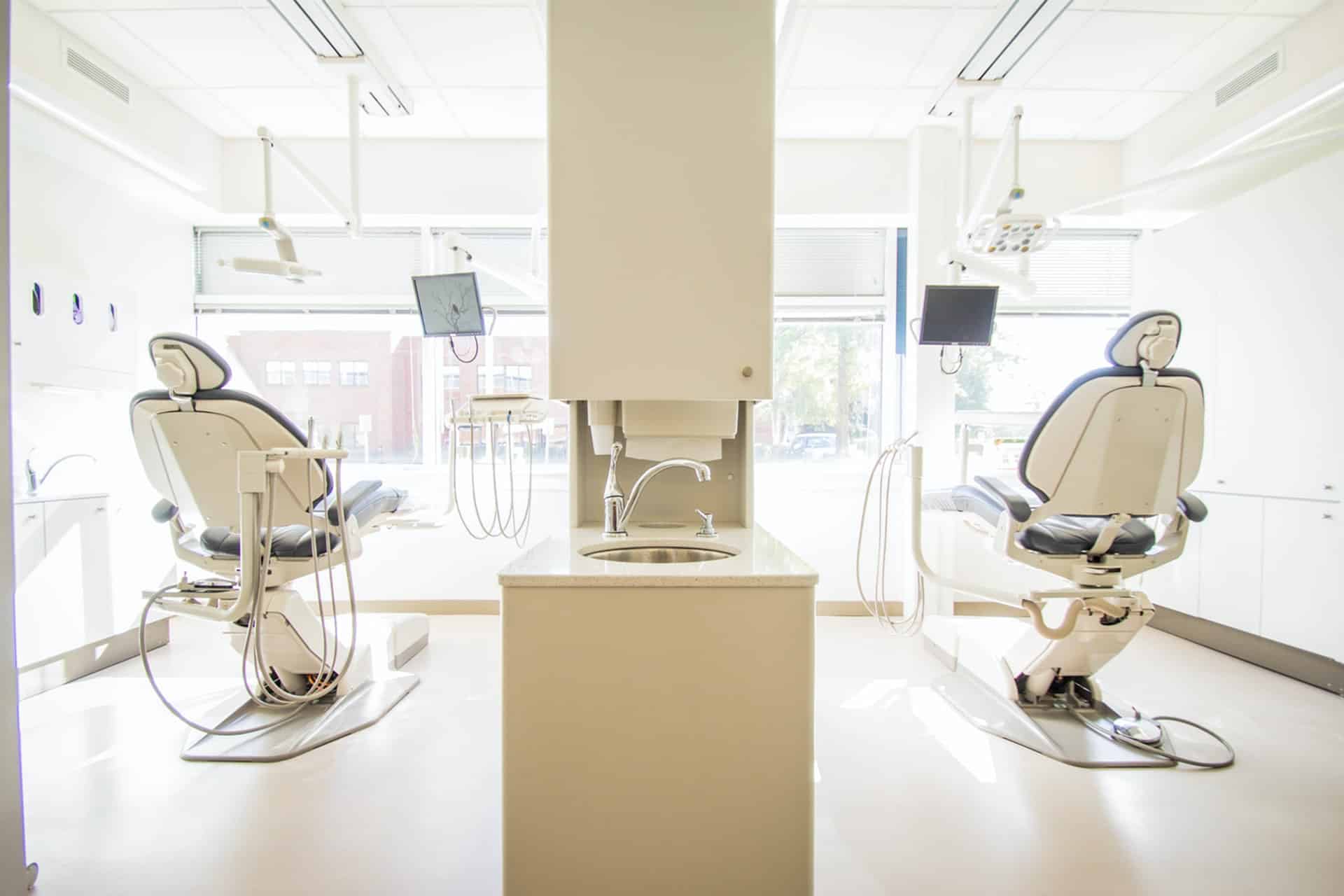Scientific discovery and new technology are further enhancing the dentist profession at an amazing rate, particularly in the last 10 years. There are many developments that have made trips to the dentist more painless and convenient.
Dr. Jay Hustead, DMD, of National Harbor, Maryland, has over 20 years of general and cosmetic dentistry experience. He shares a list of the top developments that are most responsible for how dentistry has evolved over the last decade.
IMAGE: UNSPLASH
Preventative Care
Though much progress still remains to be seen, dental hygiene has increased across the United States as a whole. Scientists are finding new and better products to help consumers take extra care of their mouth, teeth, and gums.
More importantly, dentists like Dr. Jay Hustead have been able to access better tools to exhaustively clean, as well as identify early signs of decay or disease. Many of the technologies listed are instrumental in elevating the effectiveness of preventative care for dental patients.
3D Imaging
Two-dimensional images only tell part of the story. Thanks to 3D dental imaging tools, dentists can collect highly-detailed renderings of a patient’s teeth and jaw. Operators can change angled views at will, fully investigating hard-to-see crevices of the mouth and teeth. Further, more views can confirm a diagnosis and allow dentists to predict better outcomes for patients in need of all manner of procedures.
Digital X-rays
Traditional x-rays can expose patients to unwanted radiation. But with digital x-rays, dentists can collect images harmlessly, faster, and with greater accuracy. The latest in dentistry software also allows dentists to zoom in on these images. Combined with 3D imaging, Dr. Jay Hustead and his peers are treating patients with greater peace of mind. These two technologies have also allowed dentists to create amazingly accurate molds for replacement teeth, veneers, root canal treatments, and more.
Laser Treatments
Certain kinds of dental infections have been difficult for dentists to locate and address. Today, dentists are able to use lasers that reach into dark areas and illuminate infection-spreading bacteria. Decaying teeth actually reflect, or create fluorescence – hence the diagnostic technique’s name, “laser fluorescence.”
Lasers have also been able to improve the quality and speed of more invasive dental procedures. In many cases, laser treatment can eliminate the need for drilling or cutting. Further, patients are able to recover from a laser procedure much faster than non-laser techniques.
Dr. Jay Hustead On Dental Implants
The dental implant concept is not new, but the efficiency with which modern dentists are able to administer implants continues to improve into 2020 and beyond. Because titanium naturally fuses with human bone, dentists have been able to install crowns using titanium implants. Not only do the implants offer a more sustainable form of tooth replacement, but they also preserve the integrity of the jawbone.
That said, traditional implants are far too expensive for some. But with the growing popularity of mini implants, the cost of such a procedure has shrunk by more than half.
Additionally, many of those suffering from jawbone resorption — and had previously been denied implants — are now able to receive mini implants. The smaller screw makes the process safer for these patients.
Invisalign
One of the greatest advancements in the field of orthodontics is Invisalign, an alternative to traditional braces, notes Dr. Jay Hustead. Not only are Invisalign aligners more comfortable than braces, but they are nearly invisible except upon close inspection.
Patients that qualify for Invisalign treatment receive aligners customized to the shape of their mouths. The patient incrementally uses several different aligners over a prescribed period of time until their teeth are straightened.
In addition to the conveniences listed above, patients can easily apply and remove their aligners in order to eat, brush, or perform any task that braces would have previously made more difficult.
If you are interested in even more business-related articles and information from us here at Bit Rebels, then we have a lot to choose from.


COMMENTS